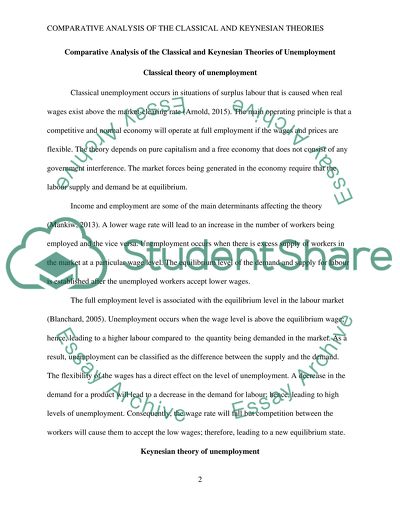Cite this document
(“Compare and contrast the classical and Keynesian theory of Essay”, n.d.)
Compare and contrast the classical and Keynesian theory of Essay. Retrieved from https://studentshare.org/macro-microeconomics/1683647-compare-and-contrast-the-classical-and-keynesian-theory-of-unemployment-conclude-by-discussing-which-argument-has-been-more-convincing-for-you-and-why
Compare and contrast the classical and Keynesian theory of Essay. Retrieved from https://studentshare.org/macro-microeconomics/1683647-compare-and-contrast-the-classical-and-keynesian-theory-of-unemployment-conclude-by-discussing-which-argument-has-been-more-convincing-for-you-and-why
(Compare and Contrast the Classical and Keynesian Theory of Essay)
Compare and Contrast the Classical and Keynesian Theory of Essay. https://studentshare.org/macro-microeconomics/1683647-compare-and-contrast-the-classical-and-keynesian-theory-of-unemployment-conclude-by-discussing-which-argument-has-been-more-convincing-for-you-and-why.
Compare and Contrast the Classical and Keynesian Theory of Essay. https://studentshare.org/macro-microeconomics/1683647-compare-and-contrast-the-classical-and-keynesian-theory-of-unemployment-conclude-by-discussing-which-argument-has-been-more-convincing-for-you-and-why.
“Compare and Contrast the Classical and Keynesian Theory of Essay”, n.d. https://studentshare.org/macro-microeconomics/1683647-compare-and-contrast-the-classical-and-keynesian-theory-of-unemployment-conclude-by-discussing-which-argument-has-been-more-convincing-for-you-and-why.


